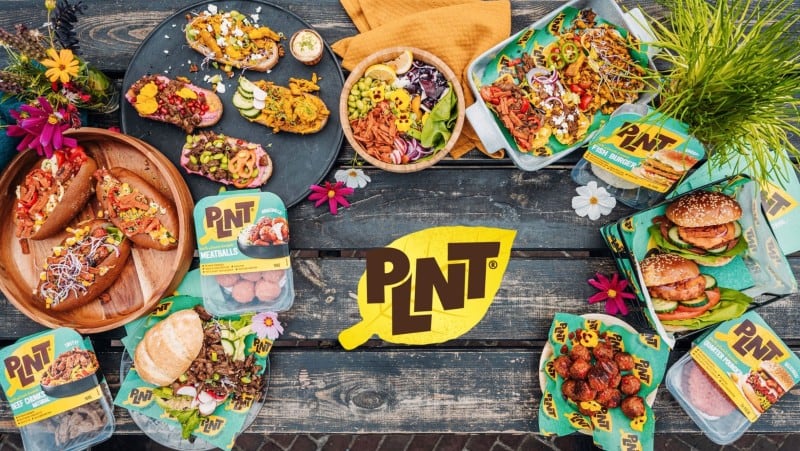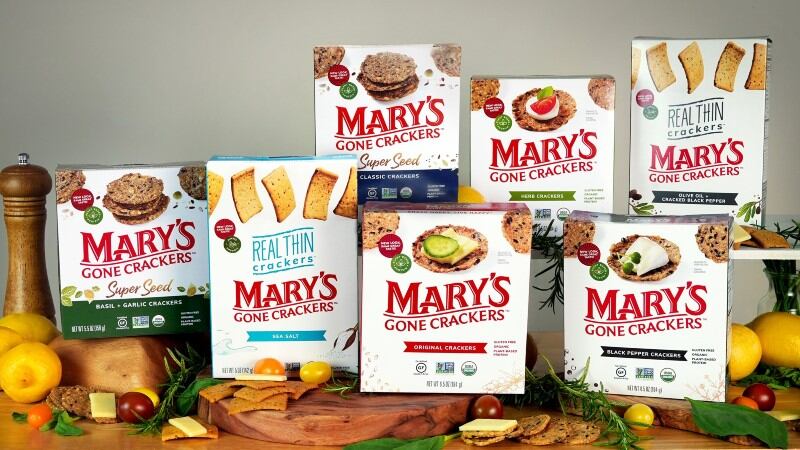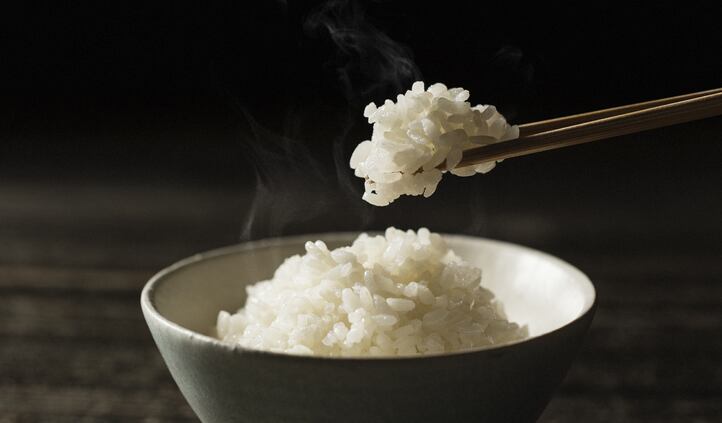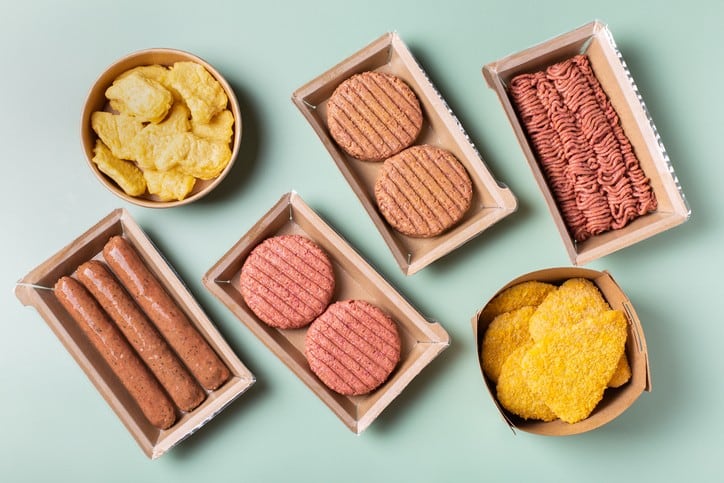One of the biggest challenges plant-based protein alternatives have faced from a nutritional point of view since the industry saw a boom several years back has been the perception of these being high in sodium to cover up any off-taste notes.
PLNT believes it has found a simple yet elegant solution to this quandary by simply utilising salt with a better balance of sodium and potassium in its products.
“We use a form of salt from salt lakes that is naturally higher in potassium, containing 35% of potassium as opposed to 100% sodium,” PLNT Product and Development Manager Matthijs Nieuwkoop told FoodNavigator-Asia.
“Salt with high sodium content is usually the culprit when it comes to correlations with chronic diseases such as high blood pressure – so using this salt with a higher potassium content brings up the sodium-potassium ratio to be more optimal and the sodium content more balanced.”
PLNT has a wide portfolio across both the meat and seafood alternative categories covering pulled beef to chicken chunks to grilled salmon, crabcakes and more - and refers to its products as ‘plant-based successors of meat and fish’.
“The term ‘successors’ is part of our strategy to show our target consumers, mainly meat eaters, that there are good alternatives out there to their conventional protein options,” he added.
“For products like the beef, we use high moisture extrusion technology and make a 3D structure that allows it to absorb loads of juices and flavours, which goes a long way towards overcoming taste apprehensions that new consumers to the category may have.
“We have also designed our products to have a better amino acid profile that provides optimal digestibility, based on the Protein Digestibility Corrected Amino Acid Score (PDCAAS) and Digestible Indispensable Amino Acid Score (DIAAS) scoring systems – this is also important to appeal to those who might fear making the switch due to gastric-related sensitivities.”
The plant-based category as a whole has had a strong focus on the protein side of things since inception as it is viewed as an important approach towards addressing future protein deficiency in the population – but PLNT believes that there should also be a spotlight placed on fibre.
“Although there is no doubt that protein is something of a trend in many markets, fibre is also gaining recognition in most countries as an important benefit that plant-based products can confer,” he added.
“Fibre is emerging as a new trend, particularly in relation to the gut-brain axis, and plant-based products are a good source of both soluble and insoluble fibres that can contribute to health in this area.”
Flavour feature
When it comes to making localised products for different regions, Nieuwkoop added that this is considered the easier part of the process after getting the base and processing right, as it would boil down to parameter control.
“We do all our own process handling which means no premixing and full control of the parameters for the processing,” he said.
“This also means that we can adjust flavours to be as close to regional flavours as required, for example a shawarma for an Emirati profile, or rendang, tikka, teriyaki for Asian profiles.
“This can come down to many techniques including dry and wet marination and the use of local spices, which makes localisation relatively easy.”
PLNT is already moving into Dubai on a B2B front and in discussions with various retail outlets such as Carrefour and Lulu, and is also working on entering the Indonesian and Singapore markets as its first APAC stops.





